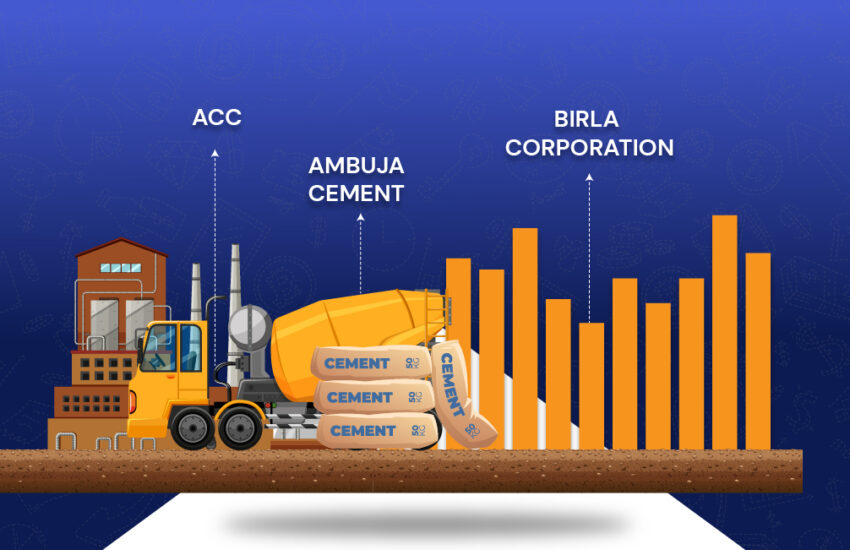Global market sentiment remains low, with weak US and European stocks leading. With central banks in the United States and
Continue reading

Global market sentiment remains low, with weak US and European stocks leading. With central banks in the United States and
Continue reading
He’s known for his analytical skills and thorough research. Mukul focuses on finding value opportunities and has a track record of successful investments across various sectors
Continue reading
A public company offers its shares to the general public through stock exchanges. This means anyone can buy company shares, making it possible for a public company to have thousands or even millions of shareholders.
Continue reading
Lack of triggers and profit booking led major global indexes to end the week lower. This pullback might be due
Continue reading
Raamdeo Agrawal is the Chairman and Co-Founder of the Motilal Oswal Group. He has significantly influenced the company’s investment approach.
Continue reading
She manages her portfolio with her husband, Rajiv Khanna. Together, this duo has solidified their reputation as savvy and influential investors in India. Let’s dissect the investment approach in Dolly Khanna’s Portfolio and learn more about their journey so far.
Continue reading
Don’t save what is left after spending; spend what is left after saving.” These wise words from Warren Buffett should be your mantra if you want to have sufficient savings every month from your salary. We all know of someone who always complains about insufficient money despite earning a decent income. Often, this is due to inefficient money management and a lack of emphasis on saving.
Continue reading
Some people have a knack for spotting opportunities and turning them into big success stories. One such person in the Indian investment world is Ashish Kacholia. Known as the Big Whale of the Indian stock markets, he has inspired many young investors in India and beyond to invest in equities.
Continue reading
Picture this – You started earning and set aside a percentage of your income to gift yourself the dream car finally. Two years go by, then five, and the amount falls short every time. Reason? Inflation-induced price rise. Setting aside the money every month accumulates money, but it doesn’t help grow it. Investing enables you to put your money to work and grow your wealth effectively.
Continue reading
‘Pushpa: The Rise’, ‘Sarainodu’, ‘Arya’, and many more gems make up the two-decade career of this philanthropist actor, Allu Arjun. He is a prominent name in the Telugu film industry for two reasons- his acting career and the efficiency with which he has invested his earnings to reach a net worth of approximately Rs.460 crores.
Continue reading
Owing to India’s economic progress, the stock market has consistently shown signs of growth. Many star investors have strategically capitalized on this uptrend. They have earned sizeable gains from their portfolios by decoding market psychology. As an investor, dissecting such successful portfolios will help you get insight into the application and outcome of different strategies. This article studies one such portfolio- Rahul Gandhi’s portfolio.
Continue reading
Amit Shah, is an Indian politician currently serving as the 32nd Home Minister and the 2nd Minister of Cooperation since June 2024. He previously held these roles from 2019 to 2024. Shah is the MP for Gandhinagar and was the BJP President from 2014 to 2020. He has chaired the National Democratic Alliance since 2014.
Continue reading
Introduction Multiple factors kept European stocks under pressure the week starting July 17, 2024, led by the decline in commodity
Continue reading
The global market sentiment was positive throughout the week, with the top US indices reaching new highs, the European market
Continue reading
If you seek expert guidance on investing your money in the stock market, you might want to consult a SEBI-registered
Continue reading
Dovish Fed and better-than-expected non-farm payroll data have increased investors’ confidence in the US stock markets. During a congressional hearing,
Continue reading
Agriculture is rightly called the backbone of India. Besides offering food security and feeding 140+ crore people, it’s also one
Continue reading
India is the second-largest cement producer in the world after China, accounting for almost 7% of the total global installed
Continue reading
Market dominance is a key factor for any company to stand out. You must have noticed that even though multiple
Continue reading
The global stock market traded with a positive bias this week, with all major indices closing higher. Encouraging economic indicators
Continue reading